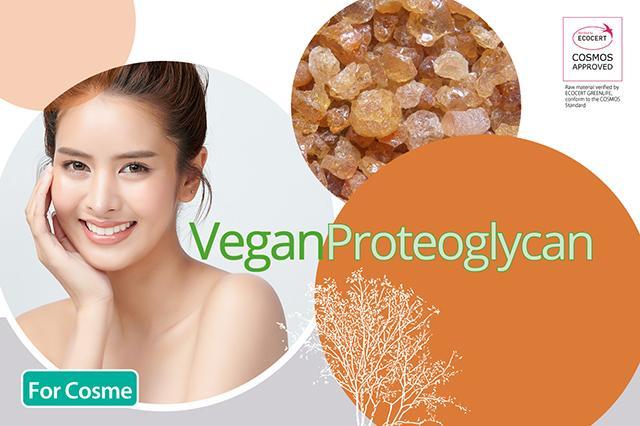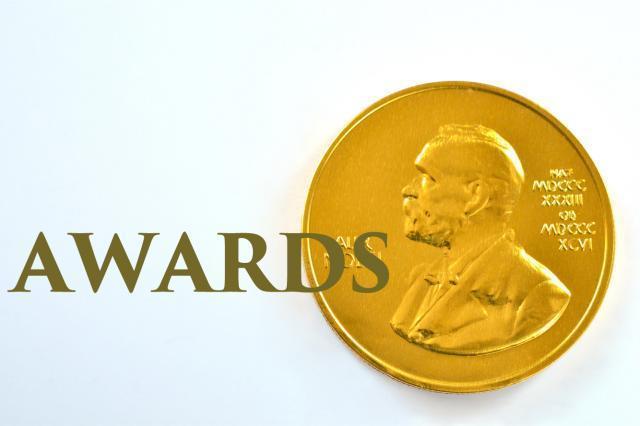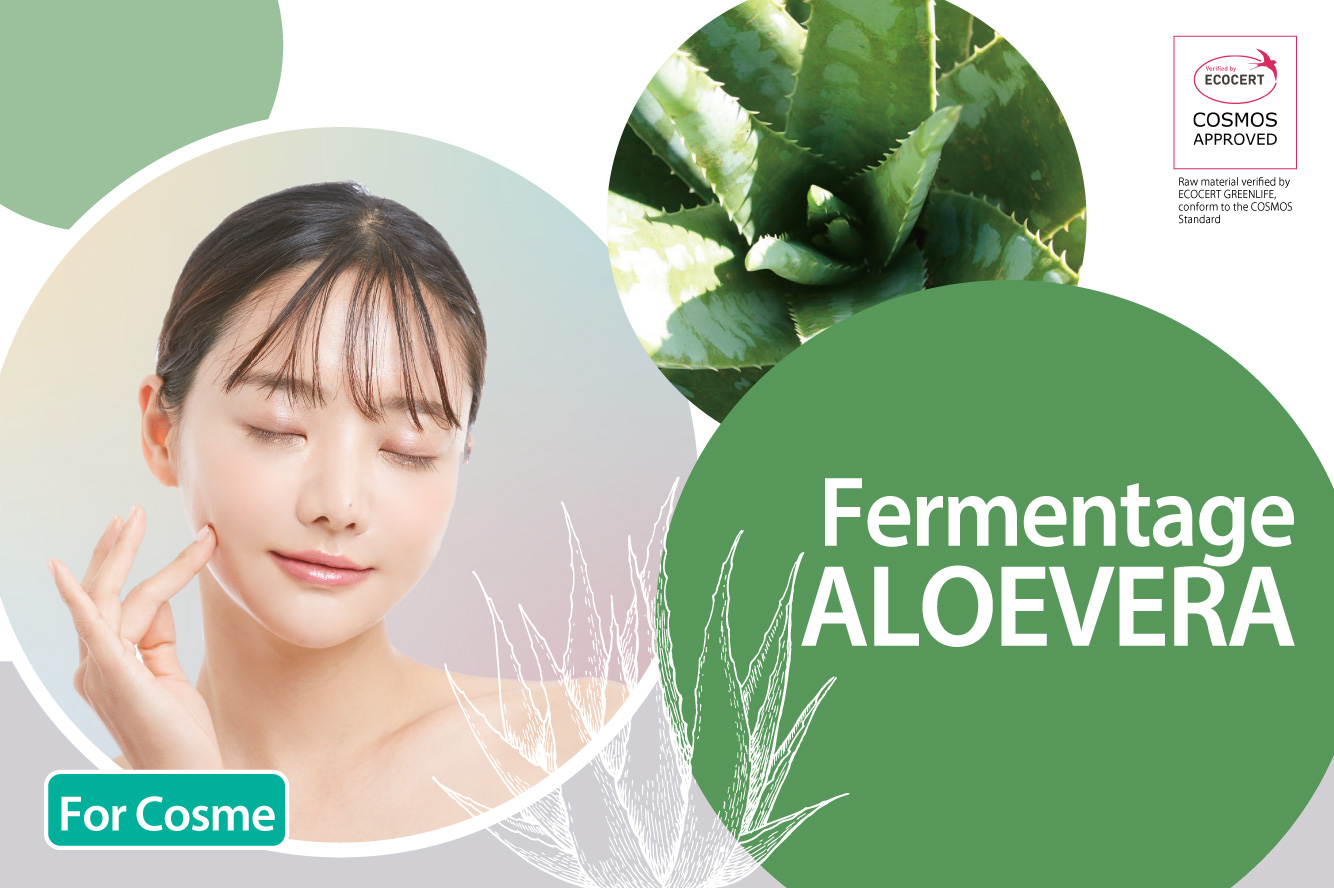History of Product development at ICHIMARU PHARCOS
It usually takes a long time from raw material development to retail sales and then market breaks. As a result, raw material manufacturers often set trends for years to come. Conversely, a small seed that a raw material manufacturers feels "this one is good!" can lead to a big hit a few years later. This can certainly be proved by looking at the history of our product development and the history of market trends since our foundation.

From Development to Sales of Cosmetic Raw Ingredients
From the initial planning, we started the raw material investigation and commercialized it by repeating trial and error. It takes 3 to 5 years at the earliest to reach consumers.
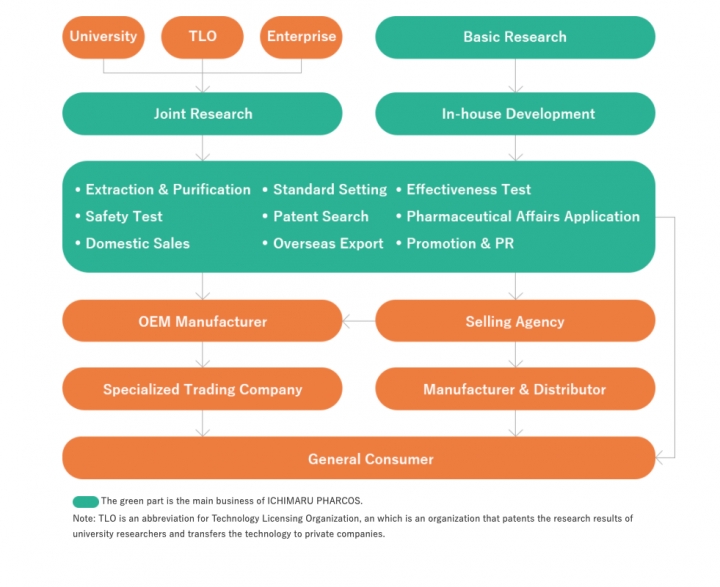

History of Our Product Development and Cosmetics Industry
You can see the history of raw material development of our company, which has been involved in the development of hit products in the cosmetics industry for many years, and the trend transition of the cosmetics market. Please use it as a reference when inquiring our company.

2010s
Japanese Market Trend
Approved as a whitening active ingredient for suppressing melanin delivery (2010)
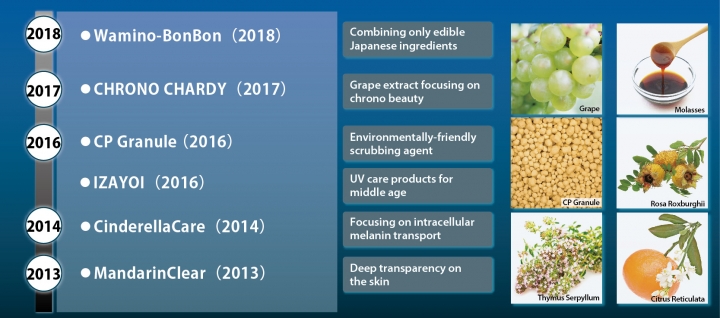


2000s
Japanese Market Trends
・ "Diversification of approaches to whitening", "Gene and anti-glycation cosmetics boom (2009)
・ Launch of "energy signal AMP combined product", launch of "m-tranexamic acid combined product" (2005)
・ "Melanin Road Blockade" Theory Announcement (2004)
・ Demand for bovine collagen has declined, and manufacturers are focusing on developing fish-derived collagen (2000s).
・ BSE problem occurred (2001)
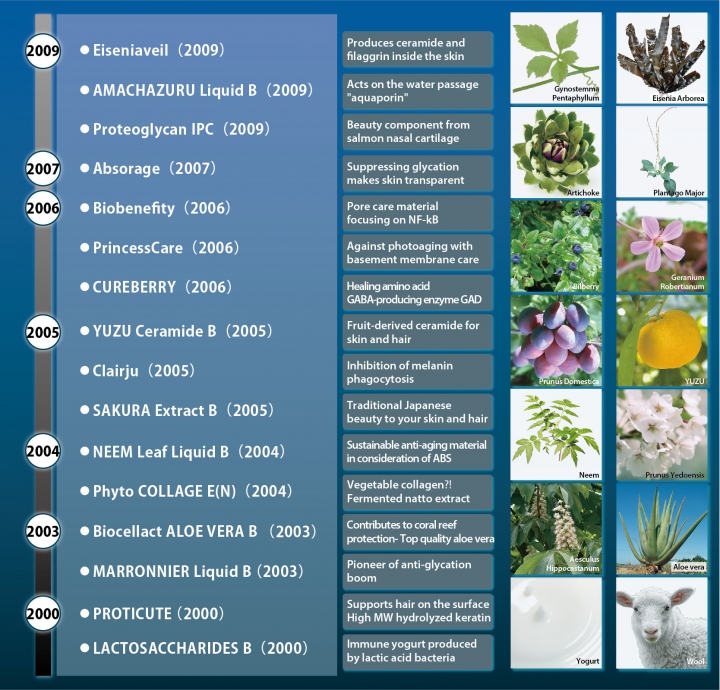


1990s
Japanese Market Trends
・ Cosmetics targeting people in their 50s and above are on sale. "Female hormone-like action" is a main topic. (1997)
・ The rise of cosmetics for sensitive skin. Rapid increase on the number of women who self-diagnose as "sensitive skin". A brand that claims "hypoallergenic" such as additive-free, coloring-free, and no labeling designated ingredients is born. (late 1990s)
・ Body gel /cosmetics for slimming are a big hit. (1995)
・ AHA peeling agents can now be imported, and peeling cosmetics are booming in Japan. The theory that AHA (α-hydroxy acid) is added to remove old keratin and make spots and wrinkles less noticeable becomes popular. (1994)
・ Launched arbutin-containing products. (1990) In the 1990s, whitening ingredients were developed one after another.



1980s
Japanese Market Trends
・ Natural cosmetics and health foods are booming. "Eco-friendly" and "natural" sprout. (1980s)
・Report on the ozone hole (1983). People are worrying about the harmful effects of UV rays, and th awareness of UV care and whitening is increased.



1970s
Japanese Market Trends
・ "Women's facial melasma" becomes a social problem. Increased awareness of safety regarding cosmetics. (1970s)
・ To the age of "bronzed skin in summer and white skin in winter".



1960s
Japanese Market Trends
Japan society is in a period of high economic miracle.
Summer was a time when people wanted to tan with sun oil. Due to the fashion of overseas cosmetics, tan skin was touted.



